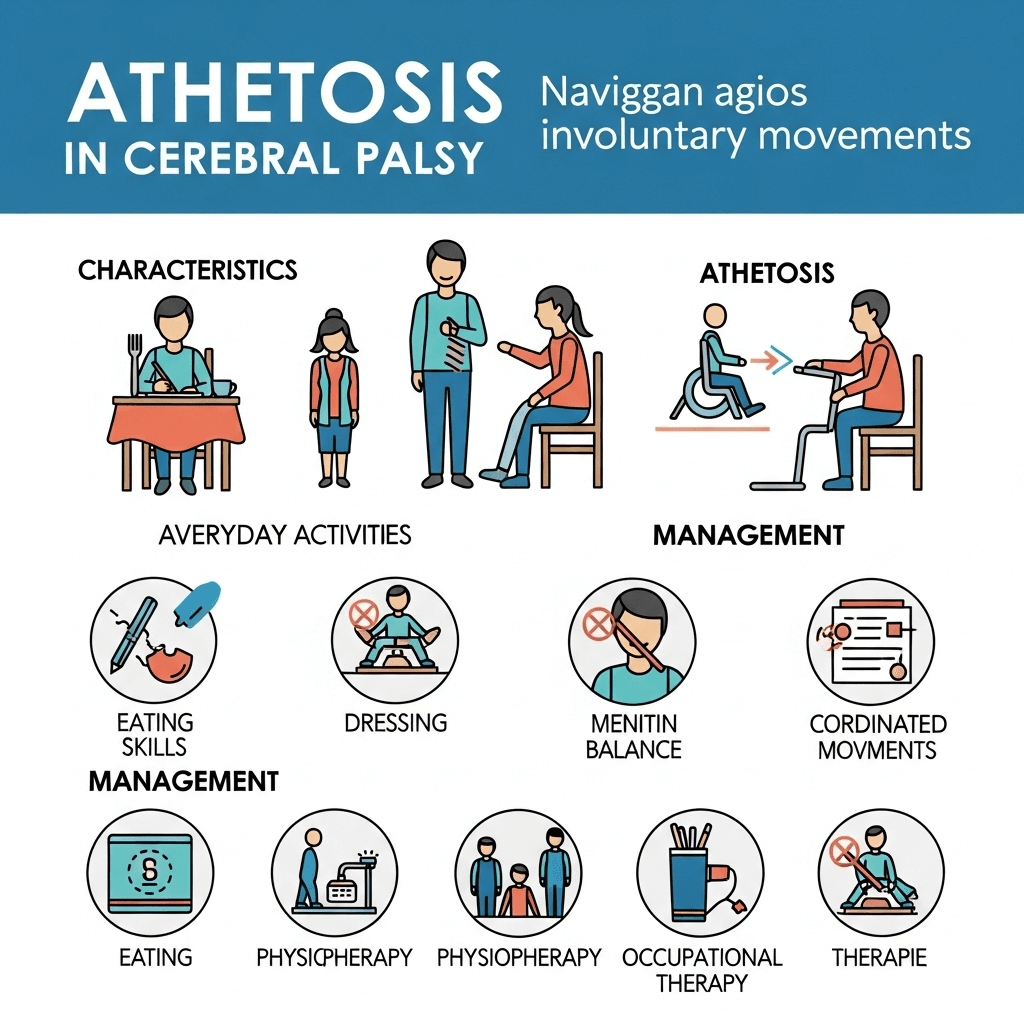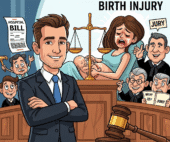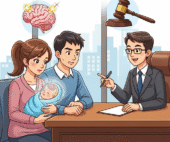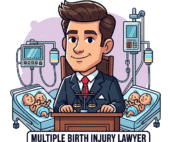Cerebral Palsy (CP) encompasses a range of motor disorders, each presenting unique challenges. Athetosis is one such type of involuntary movement disorder characterized by slow, writhing, and often repetitive movements, particularly affecting the hands, feet, arms, legs, and sometimes the face and tongue. Understanding athetosis is crucial for families and individuals living with this form of CP to navigate its impact and explore effective management strategies.
In this post, we will delve into the specifics of athetosis, exploring its characteristics, the brain regions involved, and the various approaches available to help manage its effects on daily life.
What Is Athetosis in Cerebral Palsy?
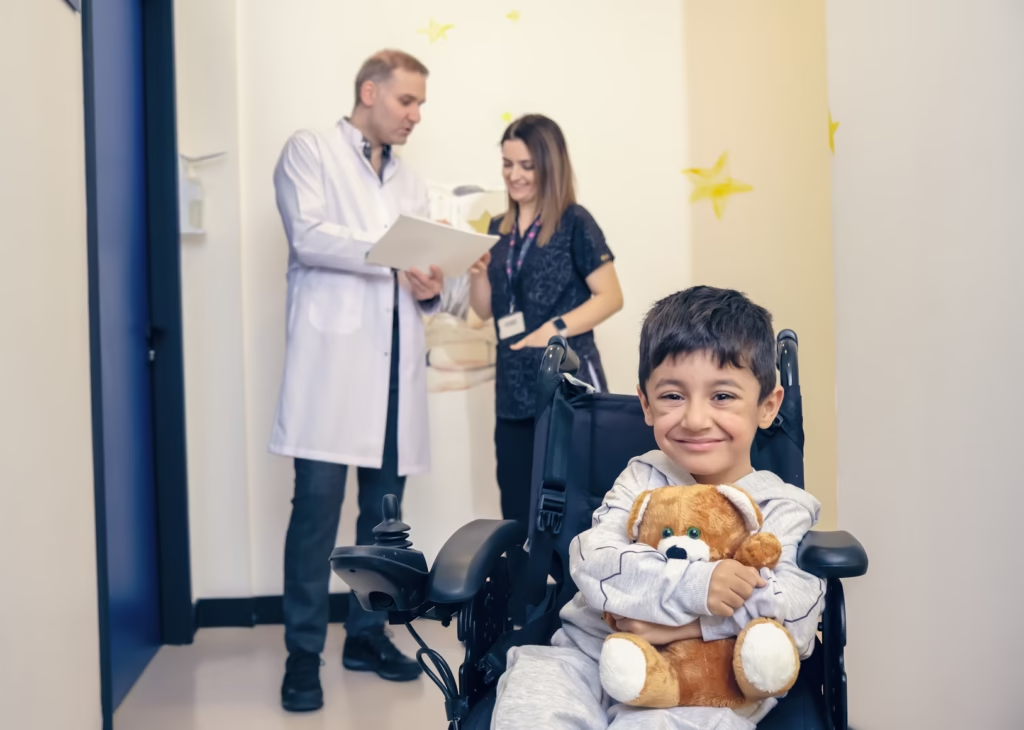
Athetosis is a subtype of dyskinetic cerebral palsy, meaning it involves difficulties with voluntary movement and the presence of involuntary movements. These movements are often described as:
- Slow and writhing: Unlike the jerky movements seen in spasticity or the rapid, irregular movements of chorea, athetotic movements are typically smooth but uncontrolled.
- Fluctuating muscle tone: Individuals with athetosis often experience variations in muscle tone, ranging from hypotonia (low tone) to hypertonia (high tone), which can further complicate voluntary control.
- Difficulty with sustained postures: Maintaining a stable position can be challenging due to the ongoing involuntary movements.
- Movements exacerbated by attempts at voluntary action or emotional stress: Trying to perform a specific task or experiencing heightened emotions can intensify athetotic movements.
Athetosis can significantly impact fine and gross motor skills, communication, and overall functional independence.
How Does Athetosis Develop in Cerebral Palsy?
Brain Regions Involved in Athetosis
Athetosis is primarily associated with damage to the basal ganglia, a group of structures deep within the brain that play a critical role in regulating movement, posture, and muscle tone. Lesions or developmental differences in these areas, often occurring before, during, or shortly after birth (as is typical in Cerebral Palsy), can disrupt the normal pathways that control movement, leading to the characteristic involuntary movements of athetosis.
Factors Contributing to Athetosis
The specific cause of brain damage leading to athetosis can vary, but some common factors include:
- Hypoxic-ischemic encephalopathy (HIE): Lack of oxygen to the brain around the time of birth.
- Kernicterus: Brain damage caused by severe jaundice in newborns.
- Intraventricular hemorrhage (IVH): Bleeding in the brain, particularly in premature infants.
- Periventricular leukomalacia (PVL): Damage to the white matter of the brain, often seen in premature infants.
Understanding the potential origins of athetosis can sometimes provide insights into the specific challenges a child may face.
Key Characteristics and Symptoms of Athetosis
- Involuntary, slow, writhing movements: Predominantly affecting the limbs, face, and tongue.
- Fluctuating muscle tone: Difficulty maintaining consistent muscle tension.
- Challenges with fine motor skills: Tasks like writing, buttoning, and using utensils can be significantly difficult.
- Difficulties with gross motor skills: Walking, reaching, and maintaining balance may be affected.
- Speech difficulties (dysarthria): Involuntary movements of the facial and oral muscles can impact articulation and clarity of speech.
- Feeding difficulties (dysphagia): Coordination of the muscles involved in swallowing can be impaired.
- Potential for co-occurring conditions: Individuals with athetosis may also experience other challenges associated with CP, such as spasticity, cognitive impairments, or sensory processing issues.
Management and Support Strategies for Athetosis
While there is no cure for athetosis, various therapies and strategies can help manage its symptoms and improve functional abilities:
- Physical Therapy: Focuses on improving gross motor skills, posture, balance, and coordination. Therapists may use exercises to build strength and stability, as well as adaptive equipment to aid mobility.
- Occupational Therapy: Addresses fine motor skills, activities of daily living (ADLs), and sensory processing. Therapists work on tasks like dressing, feeding, writing, and using assistive devices to enhance independence.
- Speech Therapy: Targets communication difficulties, including articulation, language development, and alternative communication methods if speech is significantly affected. Speech therapists also address feeding and swallowing challenges.
- Medications: Certain medications, such as those used to manage dystonia or spasticity, may sometimes offer partial relief from the involuntary movements or fluctuating muscle tone associated with athetosis. However, medication management needs careful consideration and monitoring by a neurologist.
- Assistive Technology: Various tools and devices can aid individuals with athetosis in communication, mobility, and daily tasks. This may include communication boards, electronic devices, adapted utensils, and mobility aids.
- Therapeutic Interventions: Approaches like constraint-induced movement therapy (CIMT) or sensory integration therapy may be beneficial for some individuals with athetosis.
- Surgery: In some rare and severe cases, surgical interventions like deep brain stimulation (DBS) might be considered to help regulate the abnormal brain activity contributing to the involuntary movements. This is typically reserved for carefully selected individuals who have not responded adequately to other treatments.
Living with Athetosis: Support and Resources
Navigating life with athetosis requires a multidisciplinary approach and a strong support system. Resources for families and individuals include:
- Cerebral Palsy support organizations: Providing information, resources, and opportunities to connect with other families.
- Therapy centers specializing in neurological disorders: Offering comprehensive rehabilitation services.
- Advocacy groups: Working to raise awareness and improve access to services and support.
- Online communities: Providing a platform for sharing experiences and advice.
Frequently Asked Questions (FAQs)
1. Is athetosis the same as spasticity?
No, spasticity and athetosis are distinct motor impairments in Cerebral Palsy. While spasticity presents as increased muscle tone and stiffness, Understanding Athetosis in Cerebral Palsy involves recognizing the slow, writhing, and involuntary movements coupled with fluctuating muscle tone. It’s important to differentiate these conditions for effective management.
2. Can children with athetosis learn to walk and talk?
Many children with athetosis do achieve walking and talking, often with dedicated therapeutic support. However, the timeline and extent of these abilities can vary. Understanding Athetosis in Cerebral Palsy helps families and therapists tailor interventions to maximize a child’s potential in these crucial developmental areas.
3. How can I help my child with athetosis with fine motor tasks?
Supporting a child with athetosis in fine motor activities requires patience and the use of adaptive strategies. This might include breaking down tasks, utilizing specialized tools, and consistent encouragement. Understanding Athetosis in Cerebral Palsy provides a framework for implementing these supportive techniques effectively.
4. Are there specific therapies that are most effective for athetosis?
A multidisciplinary approach is key in managing athetosis. While physical, occupational, and speech therapies are fundamental, the specific techniques employed are individualized. Understanding Athetosis in Cerebral Palsy is crucial for therapists to develop targeted interventions that address the unique movement challenges associated with this condition.
Seeking Support for Athetosis in Cerebral Palsy?
Understanding athetosis is the first step towards effective management and support. If you or a loved one is navigating the challenges of athetosis related to Cerebral Palsy, our team is here to offer guidance and connect you with the resources you need.
👉 Fill out our FREE Consultation Form today to speak with a legal expert. Your case could make a difference.

